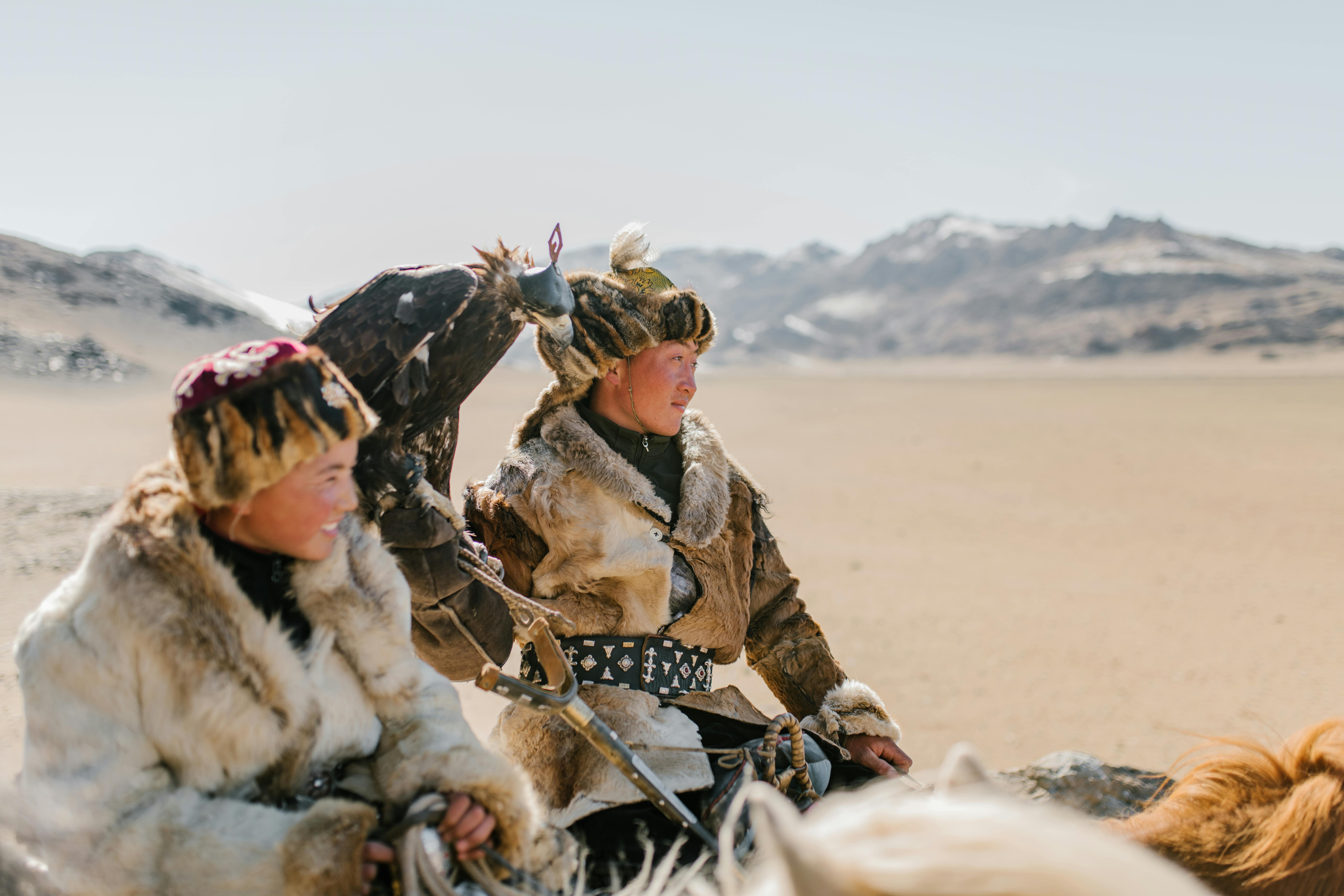Indigenous Spiritualities: Traditions and Beliefs
Indigenous spiritualities encompass a diverse array of beliefs and practices rooted in the traditions of Indigenous peoples worldwide. These spiritual systems are deeply connected to nature, community, and ancestral heritage, providing a rich tapestry of spiritual insights and practices. Here’s a closer look at the traditions and beliefs that characterize Indigenous spiritualities.


Connection to Nature
Nature plays a central role in Indigenous spiritualities, with many beliefs centered on the interconnectedness of all living things.
1. Animism
Animism is a common thread in many Indigenous spiritualities, where natural elements like animals, plants, rocks, and bodies of water are believed to possess spiritual essence or life force.
- Respect for Nature: Many Indigenous cultures practice rituals to honor and communicate with the spirits of nature.
- Sacred Landscapes: Certain natural sites, such as mountains, rivers, and forests, are considered sacred and are often places of worship or spiritual significance.
2. Seasonal Cycles
The changing seasons and natural cycles are integral to Indigenous spiritual practices.
- Rituals and Festivals: Ceremonies and festivals are often aligned with agricultural cycles, solstices, equinoxes, and other natural events.
- Harmony with Nature: Indigenous spiritualities emphasize living in harmony with the environment, advocating sustainable practices and respect for the earth.
Community and Ancestors
Community and ancestry are key components of Indigenous spiritual beliefs, emphasizing the importance of relationships and heritage.
1. Ancestor Worship
Many Indigenous cultures revere their ancestors, believing that the spirits of the deceased continue to influence the living.
- Ancestral Guidance: Ancestors are often invoked for guidance, protection, and blessings.
- Rituals and Offerings: Regular offerings and rituals are performed to honor ancestors and maintain a connection with them.
2. Community Rituals
Spiritual practices are often communal, reinforcing social bonds and shared identity.
- Ceremonies and Dances: Community gatherings for ceremonies, dances, and storytelling are common, serving both spiritual and social functions.
- Elders and Knowledge Keepers: Elders play a crucial role in preserving and transmitting spiritual knowledge and traditions.
Spiritual Healing and Medicine
Healing practices in Indigenous spiritualities often blend physical and spiritual elements, emphasizing holistic well-being.
1. Traditional Healers
Healers, such as shamans, medicine men or women, and herbalists, are central figures in many Indigenous cultures.
- Healing Practices: These healers use a combination of herbal remedies, spiritual rituals, and other traditional methods to treat illness and restore balance.
- Spiritual Journeys: Practices like vision quests or spirit journeys are used to seek guidance, healing, and spiritual insight.
2. Sacred Plants and Animals
Certain plants and animals are considered sacred and are used in rituals and healing practices.
- Plant Medicines: Sacred plants like tobacco, sage, and ayahuasca are used in ceremonies for their healing properties and spiritual significance.
- Animal Totems: Animals are revered as spiritual guides or totems, symbolizing various strengths, characteristics, and lessons.
Mythology and Cosmology
Indigenous spiritualities are rich with myths, legends, and cosmologies that explain the origins and workings of the universe.
1. Creation Stories
Creation myths explain how the world and its inhabitants came into existence.
- Diverse Narratives: Each culture has its own unique creation stories, often involving deities, spirits, or natural forces.
- Moral Lessons: These stories convey important moral and ethical lessons, as well as cultural values and history.
2. Cosmological Beliefs
Indigenous cosmologies often depict a universe inhabited by various spiritual beings and realms.
- Multiple Worlds: Many traditions believe in the existence of multiple worlds or planes of existence, such as the physical world, the spirit world, and the afterlife.
- Balance and Harmony: Maintaining balance and harmony between these worlds is a common theme, with rituals and practices aimed at ensuring cosmic equilibrium.
Adaptation and Resilience
Indigenous spiritualities have shown remarkable resilience and adaptability in the face of colonization, globalization, and cultural change.
1. Syncretism
In many regions, Indigenous spiritualities have blended with other religious traditions, creating syncretic practices.
- Blended Practices: Indigenous beliefs and rituals often incorporate elements from Christianity, Islam, Buddhism, or other religions encountered through history.
- Cultural Preservation: Despite external influences, core Indigenous spiritual values and practices persist and evolve.
2. Revitalization Movements
There are ongoing efforts to revive and preserve Indigenous spiritual traditions.
- Cultural Revival: Indigenous communities worldwide are actively working to reclaim and revitalize their spiritual practices and languages.
- Educational Initiatives: Programs and initiatives aimed at educating younger generations about their spiritual heritage are crucial for cultural continuity.


Indigenous spiritualities offer profound insights into the relationship between humans, nature, and the cosmos. These traditions, grounded in respect for the natural world, community, and ancestral wisdom, continue to inspire and guide Indigenous peoples today. By appreciating and learning from these spiritual practices, we can gain a deeper understanding of the diverse ways in which humans find meaning and connection in life.












